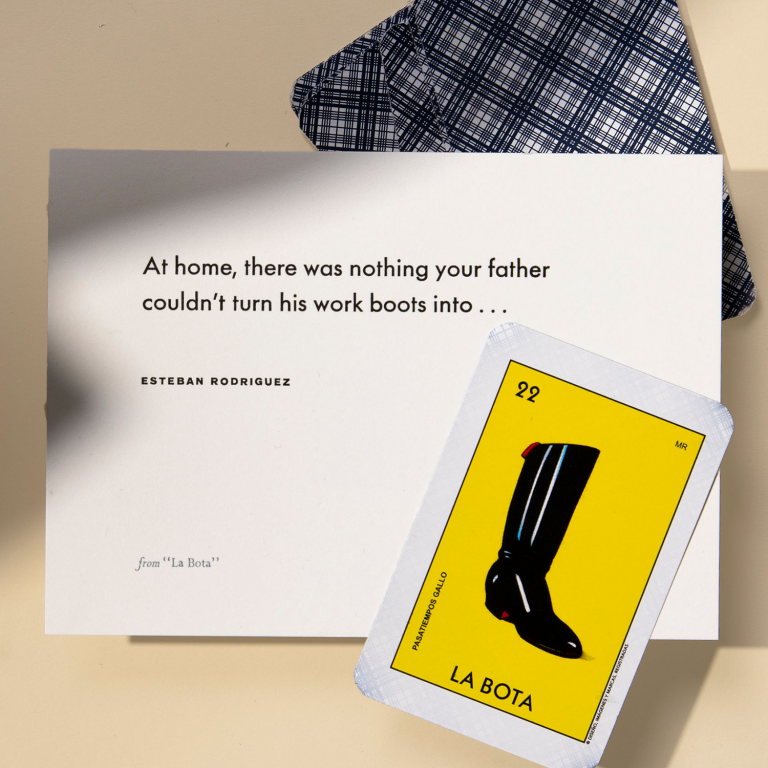A Living Connection to the Loved Ones We’ve Lost
Dia de los Muertos, or Day of the Dead, begins on October 31 and stretches through November 2. It’s a time when people, primarily in Mexico’s central and southern regions, reconnect with their deceased loved ones by building private altars, called ofrendas, to them. They offer their long-lost aunties, fathers, and friends their favorite foods and drinks, decorate their graves with marigolds and sugar skulls, and celebrate.
Yes, celebrate. And, yes, reconnect. You see, this ancient tradition actually taps into a scientifically proven truth: people are healthier when they don’t completely cut themselves off from their dead loved ones. A continued relationship — whether it’s through prayer or visiting places or doing activities you experienced together — is an emotionally intelligent practice, as kooky as it might seem to the rational, Western mind.
George Bonanno, a researcher and the author of The Other Side of Sadness: What the New Science of Bereavement Tells Us About Life After Loss, encourages people to see death not as an finite ending, but as a transition that requires resilience and even a sense of humor. He writes:
“We can find moments of comfort in positive reminiscences of the lost loved one. These positive states do more than propel us out of sadness; they also reconnect us to those around us.”
I’ve heard of no more compelling example of this than the “wind telephone.” A man grieving the loss of his cousin in Japan bought an old-fashioned phone booth and stuck it in his garden overlooking the Pacific Ocean. He would go in the booth, pick up the phone (which was connected to nothing), and talk to his dead cousin.
When the tsunami and earthquake hit in 2011, the “wind telephone” became a public service. People who had heard about this macabre portal would drive hundreds of miles to have a chance to sit inside of it, pick up the phone, and have conversations with those they’d lost so suddenly. A Japanese TV crew from NHK Sendai filmed people inside the phone booth. This American Life recently did a show where they tell the story of the booth and feature some of its visitors’ conversations.
Listening to their stories is a revelation. It felt like such a gift to eavesdrop on these most intimate of conversations, dialogues of a sort between a person and the silence of someone dear. A little boy assured his dead grandfather that he had done his homework. A husband promised his wife he would build them a new house if she would only return from wherever she had gone. One teenage girl told her father about her favorite pop music obsession.
Sometimes they came alone; sometimes they crammed into the booth with other brothers and sisters and cousins. For many, it was the first time they’d talked about the loss with those who were still alive.
It’s hard to listen to this and not start to think about the conversations you want to have with your own long-lost. For me, my maternal grandmother immediately came to mind. I fantasized about telling her all about my daughters, how I’ve recently pulled the sewing box she gave me down from my closet shelf and started fixing, albeit pathetically, the never-ending series of holes in my toddler’s pants. How Maya was born on Grandpa’s birthday. How Stella has started flashing us beatific smiles and cooing.
I’d love to ask her so many questions. Why didn’t you remarry after grandpa died, relatively young? Did you feel lonely all those years, or did you like being a woman alone? I would love to tell her about the interfaith co-housing community I live in, how it’s reconnected me with my innate wonder about faith in a way those early trips to her Episcopalian Church did, too.
I would want her to know that I still think of her daily. I can still see my breath coming out in little clouds as we stood, hand in hand, and watched the hot air balloons get inflated on that early Colorado morning. I can still taste those bologna and relish pita sandwiches and remember that row of Maya Angelou books on the shelf. I would want her to know that all those afternoons when she fed me dried apricots, and took me to the condominium pool in her terrycloth dress, and let me try on her Sweet Adeline jewelry added up to something permanent inside of me, even as her body and her breath didn’t last. It hope it’s a comfort to her. It’s the deepest comfort to me.

